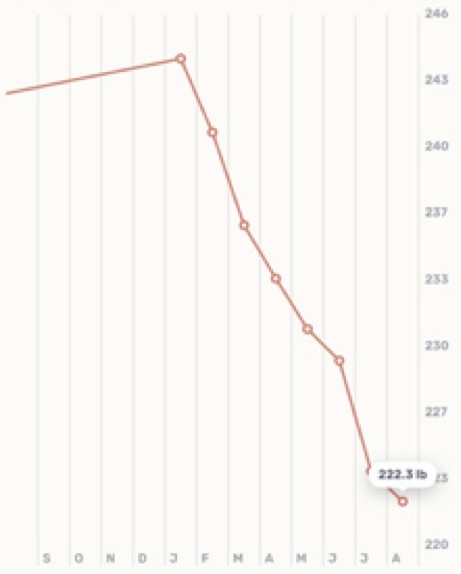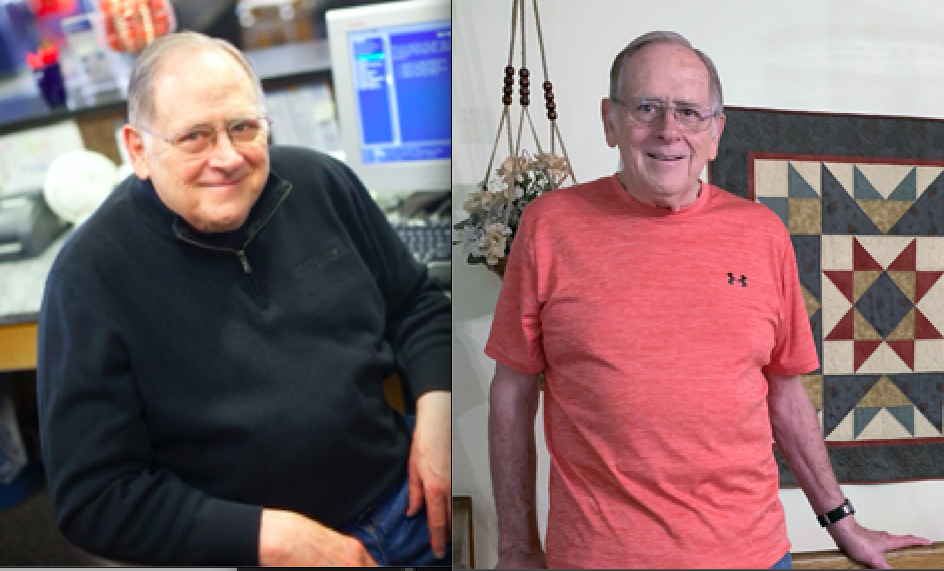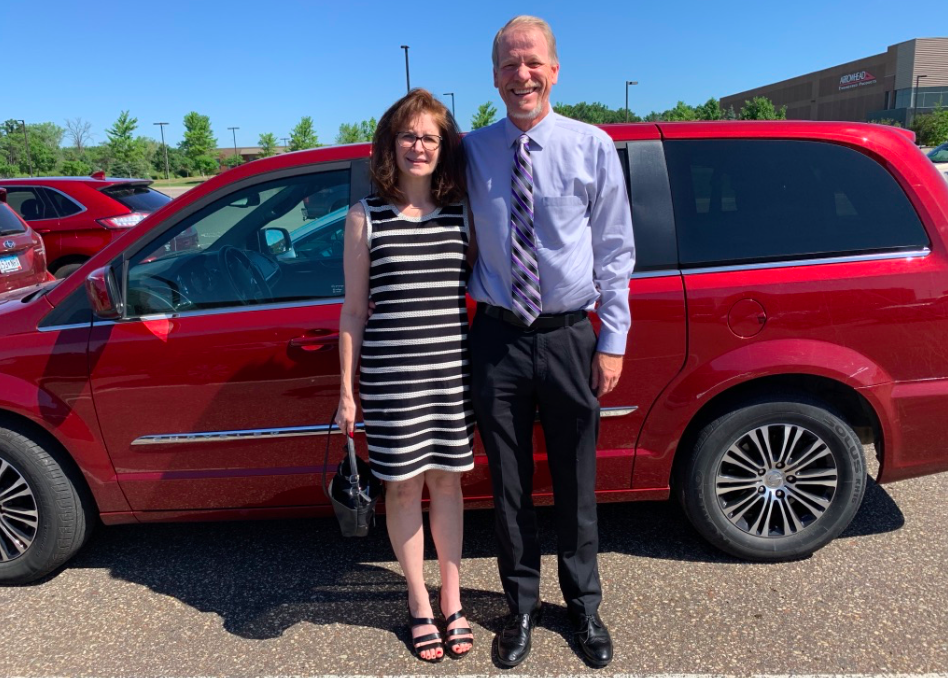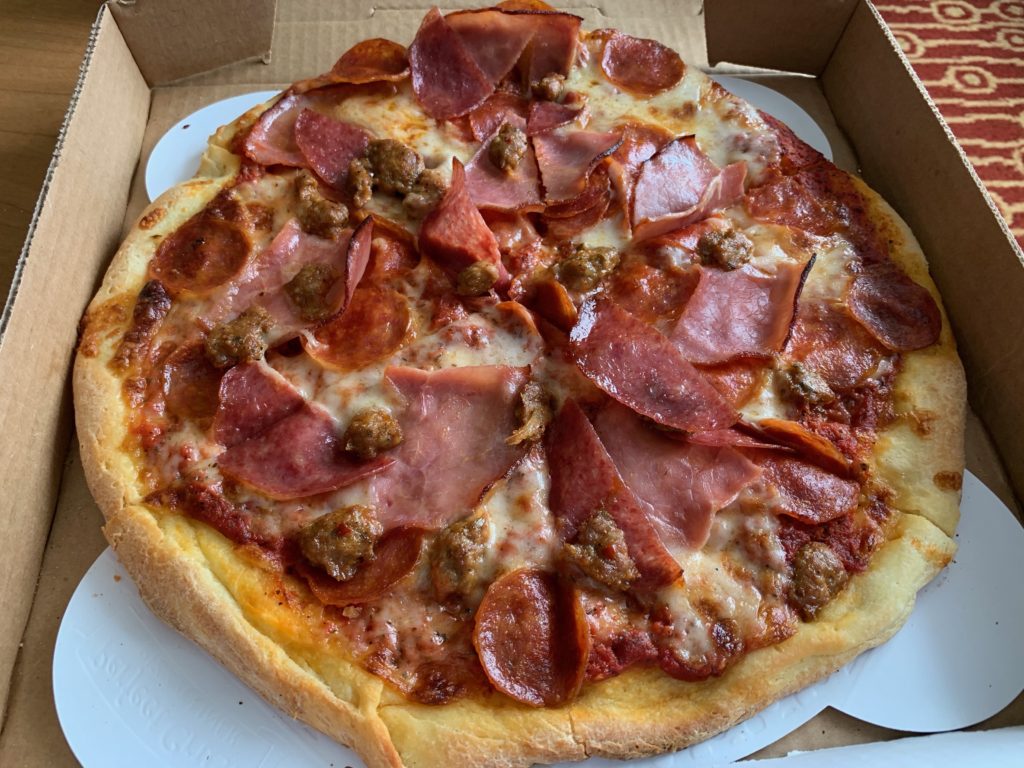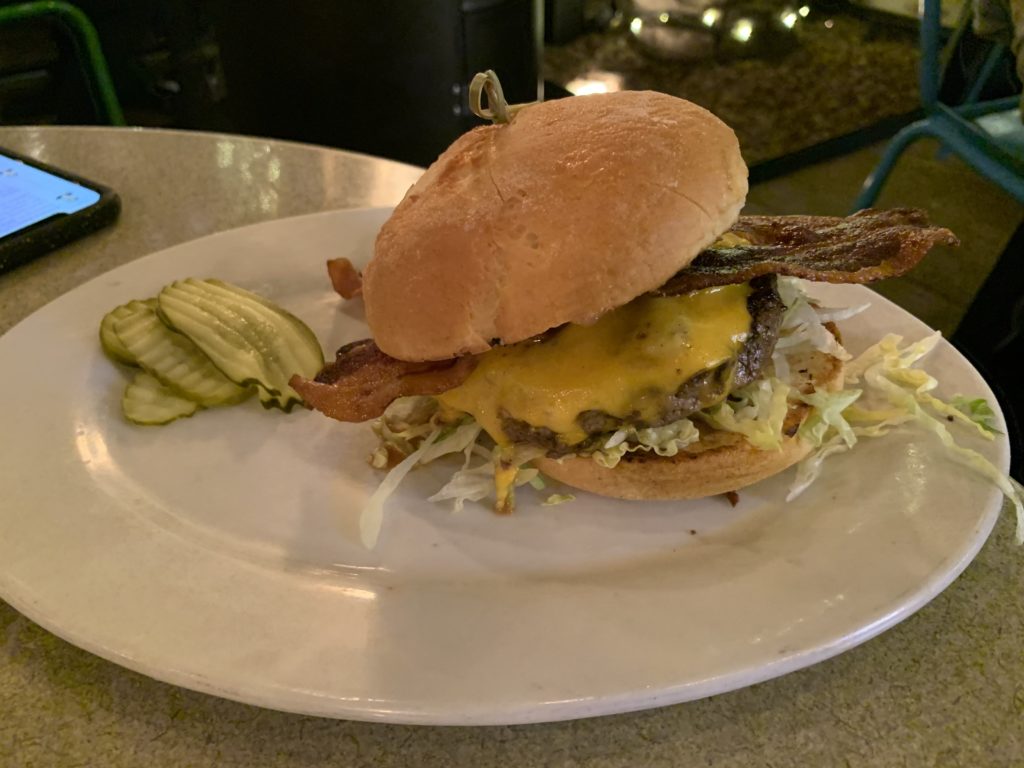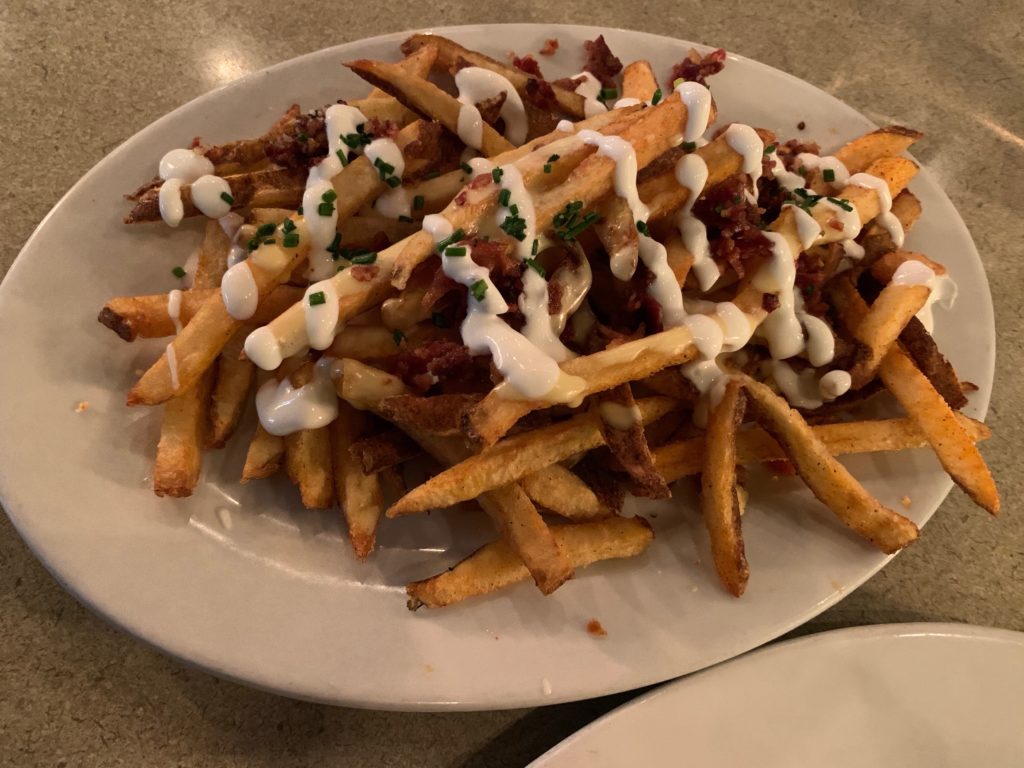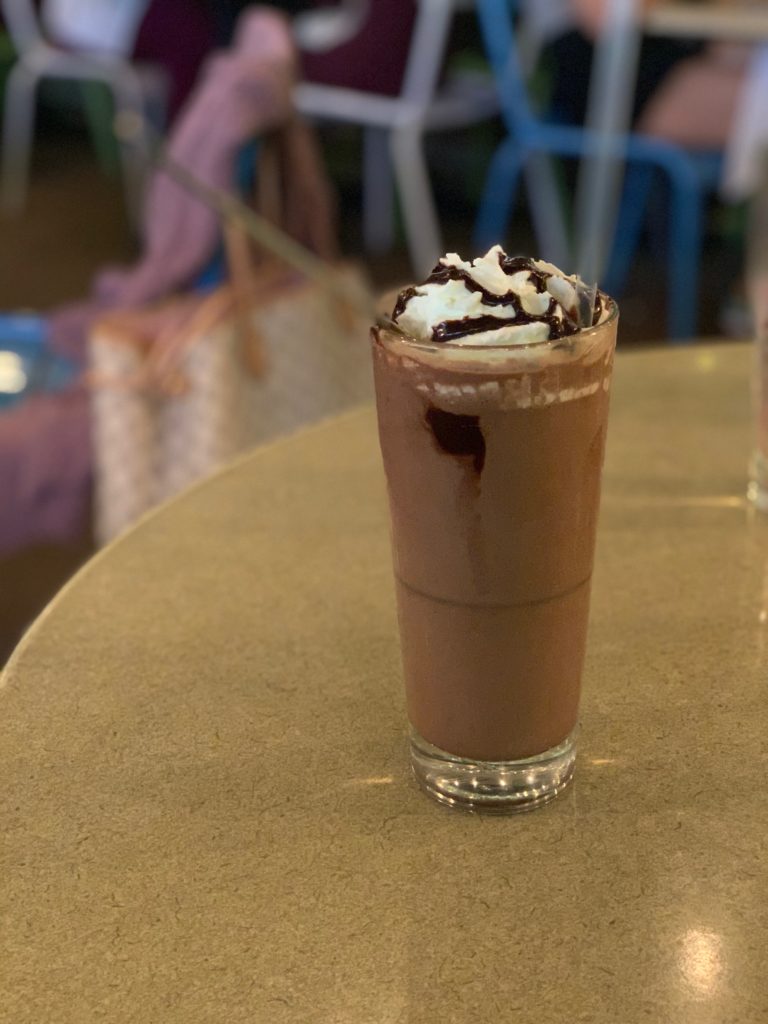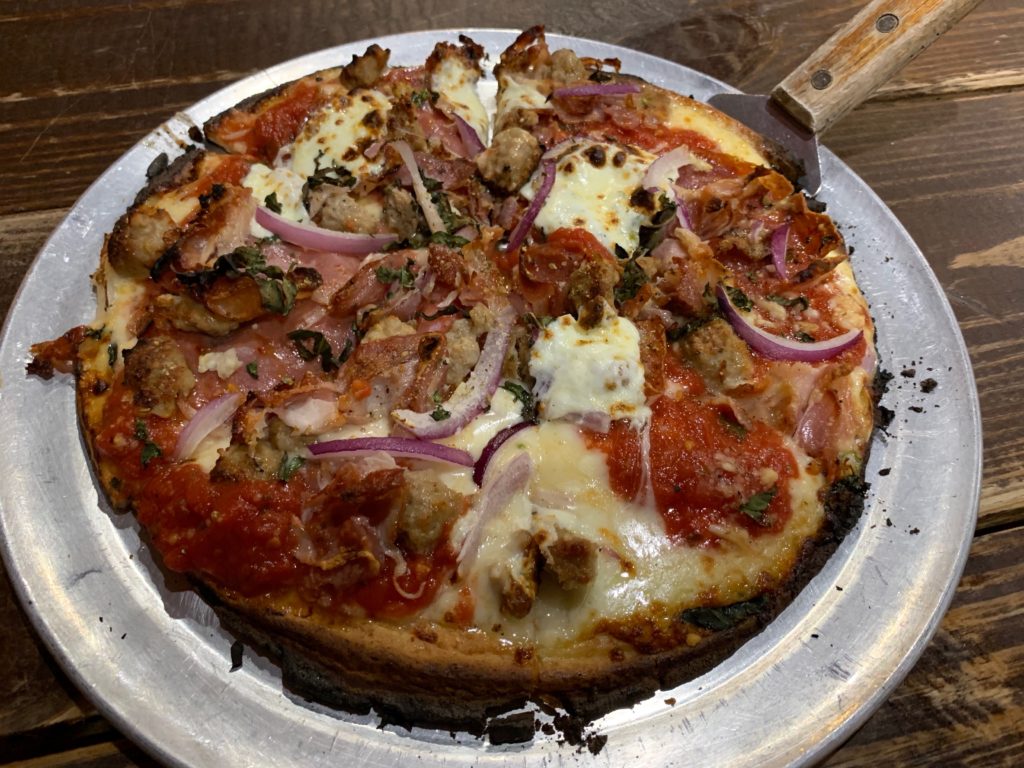As I have described in several previous posts in this series, intermittent fasting, or time-restricted feeding, is a key to sustainable weight loss.
As I wrote earlier, Dr. Jason Fung has been an important advocate, as he has helped thousands of patients reverse Type 2 diabetes and overcome obesity through fasting.
His simple message: insulin is the hormone that regulates fat storage, and to lose weight and keep it off you need to have prolonged periods with low insulin levels.
That enables your body to switch from fat storage to fat burning. Otherwise you’re always just adding fat.
About a year ago, my daughter Rachel introduced me to a fasting app she had been using, called Zero. As it turns out, the chief medical officer for Zero is Peter Attia, M.D., who is among my most trusted online thought leaders on health and longevity issues. I’ll be talking about him a lot in future posts.
So I started using Zero, and it’s essence is really simple: when you’re done eating for the day, you pick a fasting goal and start the countdown timer.
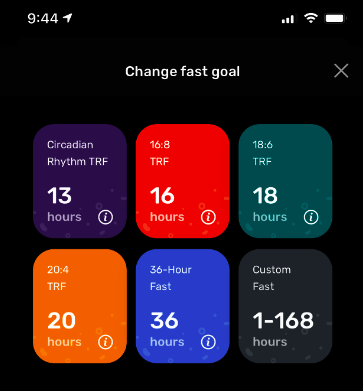
When you reach your goal, instead of counting down the timer flips to counting up, telling you how long your fast has gone.
The next time you eat, you stop the timer, which records the length of your fast. Then the timer starts again, only now it’s tracking the time since your last fast. (If you forget to stop or start the timer, you can go back and edit your start or end times.)
Here’s how it looks when you’re counting down before reaching your goal, counting up after you’ve passed it, and then tracking how long it’s been since your last fast.
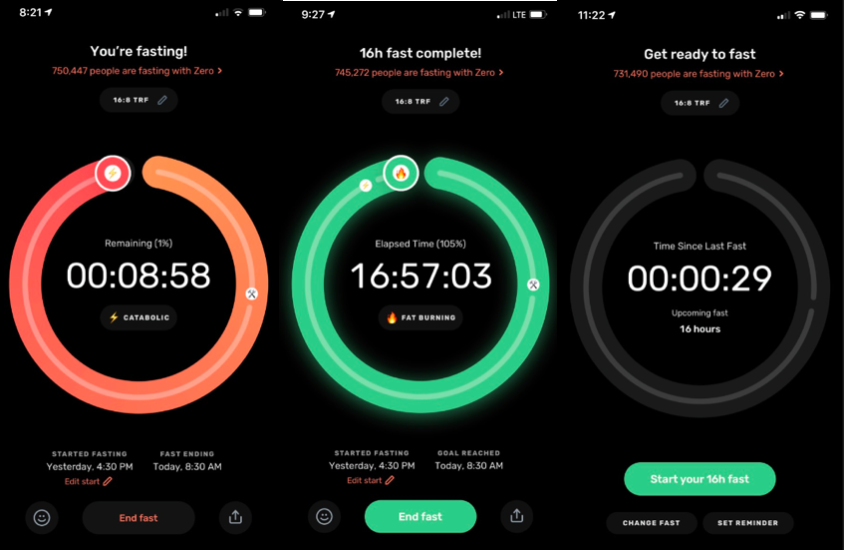
I found the free version of Zero really helpful, so I decided to spring for the premium offering, Zero Plus. It includes lots of video tips as well as well as data about my fasts, like how much time I’m in the various fasting zones, including:
- Anabolic: the first 0-4 hours after a meal
- Catabolic: 4-16 hours
- Fat Burning: 16-24 hours
- Ketosis: 24-72 hours
- Deep Ketosis: 72 hours+
My history tab tells me I have logged 293 fasts, including a streak of 202 straight days of fasting at least 13 hours, although most days I go for at least a 16-18 hour fast with an eating window of 6-8 hours or less.
I would encourage you to give Zero a try. I was fasting before I got the app, but using it gave me a little extra nudge to keep that fasting streak going, and taught me a lot about my metabolism. Data can sync with Apple Health or Google Fit, too.
See the whole series about my health journey, and follow along on Facebook, Twitter or LinkedIn.
